Ever landed on a website and felt… peace? No flashing ads, no clutter, no noise. Just calm, clean space. That’s not a coincidence. It’s minimalism. And in 2025, it’s not just surviving—it’s thriving. From local cafes in Kadıköy to high-end clinics in Dubai, minimalist web design keeps stealing the show. But why?
Minimalism isn’t about emptiness. It’s about intention. Every pixel, every color, every word—deliberate. And as attention spans shrink and mobile use skyrockets, minimalist design becomes less of a trend, more of a survival tactic. Let’s unpack this with the help of the Too.ae editorial team, who see these shifts daily in client requests and website performance.
Less Noise, More Focus
Web users are tired. They scroll endlessly. They click mindlessly. When they land on a minimalist site, it’s like taking a breath. Clean layouts guide the eye. Sparse text keeps the message clear. One CTA. One purpose.
A 2024 UX study by the Nielsen Norman Group found that websites with minimalist navigation increased user retention by 28%. That’s huge. Especially for service-based businesses like clinics, law firms, and real estate agencies.
In places like Istanbul or Dubai, where competition is stiff, clarity wins. Imagine looking for a dahiliye uzmanı in Dubai. Which site would you trust more: the flashy one or the one with calm typography, clear credentials, and intuitive flow? Thought so.
It Loads Faster. And That Matters.
Here’s the deal: minimal sites are lighter. Less clutter means fewer files to load. That matters in places where mobile browsing dominates.
According to Google’s 2025 mobile usability report, every second delay in mobile load time drops conversion by 20%. Shocking? Maybe. But real.
For example, a small aesthetic clinic in Nişantaşı reduced its homepage elements by 40% and saw a 17% uptick in appointment bookings. Minimalism didn’t just improve speed—it built trust.
Mobile-First Isn’t Optional Anymore
Minimalist design naturally fits mobile. Big buttons. Vertical layouts. Minimalist forms. No over-the-top sliders. No endless menus.
And with over 70% of web traffic in Dubai coming from mobile, you better believe this matters. Clients visiting on the go—maybe between metro stops or while grabbing a coffee—don’t want to pinch-zoom.
A mobile-first minimalist layout meets them where they are. Literally.
It Ages Better Than Trends
Trends fade. Neon gradients, glassmorphism, claymorphism—cool today, outdated tomorrow. Minimalism? It ages like good wine.
A well-designed minimalist site from 2019 still looks clean in 2025. No need for yearly redesigns. Just subtle tweaks.
This makes it ideal for small businesses with limited design budgets. Think artisan bakeries in Moda, or fitness trainers in Marina Walk. Once you nail it, it sticks.
It Supports Better SEO Naturally
Google loves clean code. So does every SEO expert worth their salt. Fewer design elements mean cleaner HTML, faster crawl times, and better indexation.
Also, minimalism forces you to focus on content quality. And that’s what Google wants in 2025—helpful, human-centered content.
The Too.ae team recommends minimalist structures especially for medical sites, where patients look for quick answers. Like “best ENT doctor in Dubai” or “teeth whitening clinic in Jumeirah.”
Accessibility Comes Built-In
Minimalist designs use high contrast, large font sizes, and clear layouts. These naturally make websites more accessible.
For visually impaired users, screen reader compatibility improves when there’s less clutter. Simple structure means fewer distractions and smoother navigation.
That’s not just good ethics. That’s law. In many regions, including the UAE and Turkey, accessibility compliance is increasingly mandatory for businesses.
Minimalism Highlights What Matters
A website isn’t a magazine spread. It’s a tool. A minimalist site puts the user’s goal front and center. Book an appointment. Browse products. Ask a question. Done.
Think of a minimalist website like a well-designed Istanbul apartment. No unnecessary furniture. Just what you need. But beautiful. And thoughtful.
Too many sites still treat their homepage like a storage unit. But users in 2025 aren’t looking for more—they’re looking for better.
Brands Want to Feel Premium
Luxury brands love minimalism for a reason. Less clutter = more confidence. When your site looks expensive, people assume your product is, too.
That’s why high-end cosmetic clinics in Dubai or boutique law firms in Levent choose monochrome palettes and simple sans-serif fonts.
Minimalism lets the brand speak—without yelling.
It’s Easier to Maintain
Websites break. Plugins fail. Images get outdated. But a minimalist site has fewer moving parts. Easier to maintain. Less likely to crash.
Especially for small business owners who aren’t tech-savvy, this is a game-changer.
If you’re managing your own site in WordPress or Wix, simpler layouts mean fewer headaches. You won’t need to call your designer every month.
Real People Prefer Simplicity
Here’s something most designers forget: websites aren’t for designers. They’re for people.
And people? They like things that work. That feel human. That don’t waste time.
Minimalist design speaks their language. No fancy transitions. No parallax nausea. Just good design, quietly doing its job.
